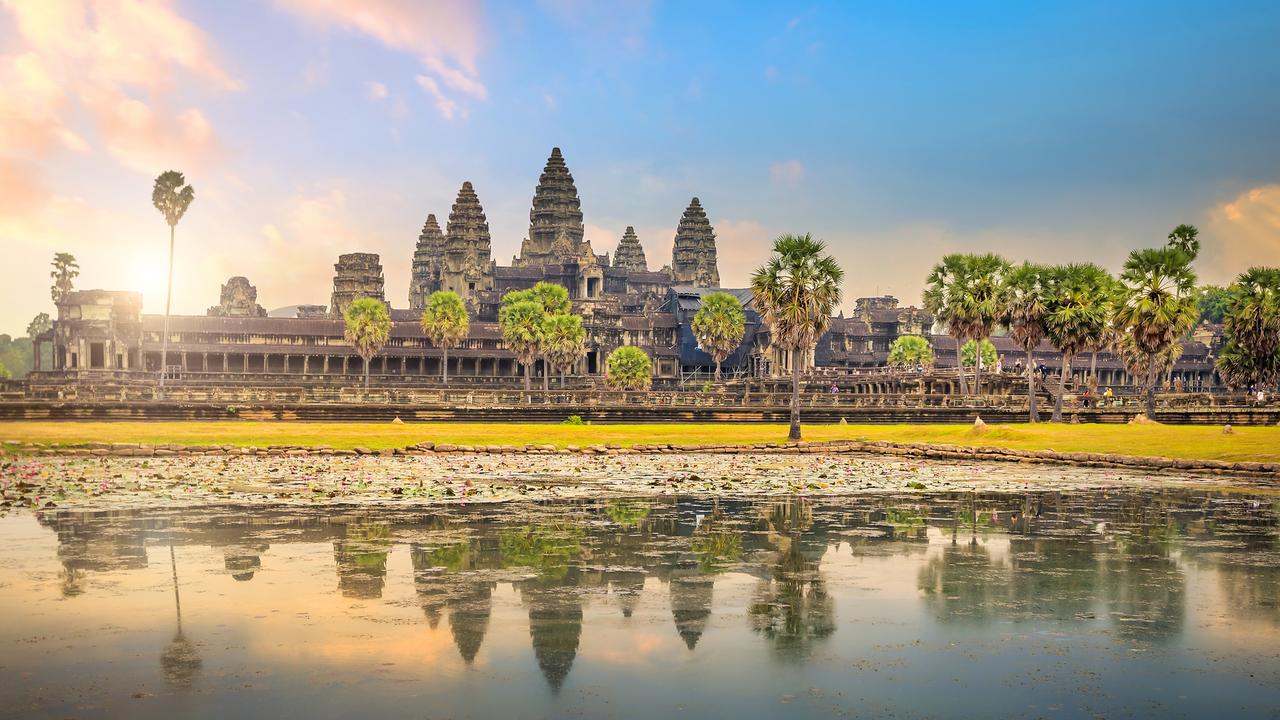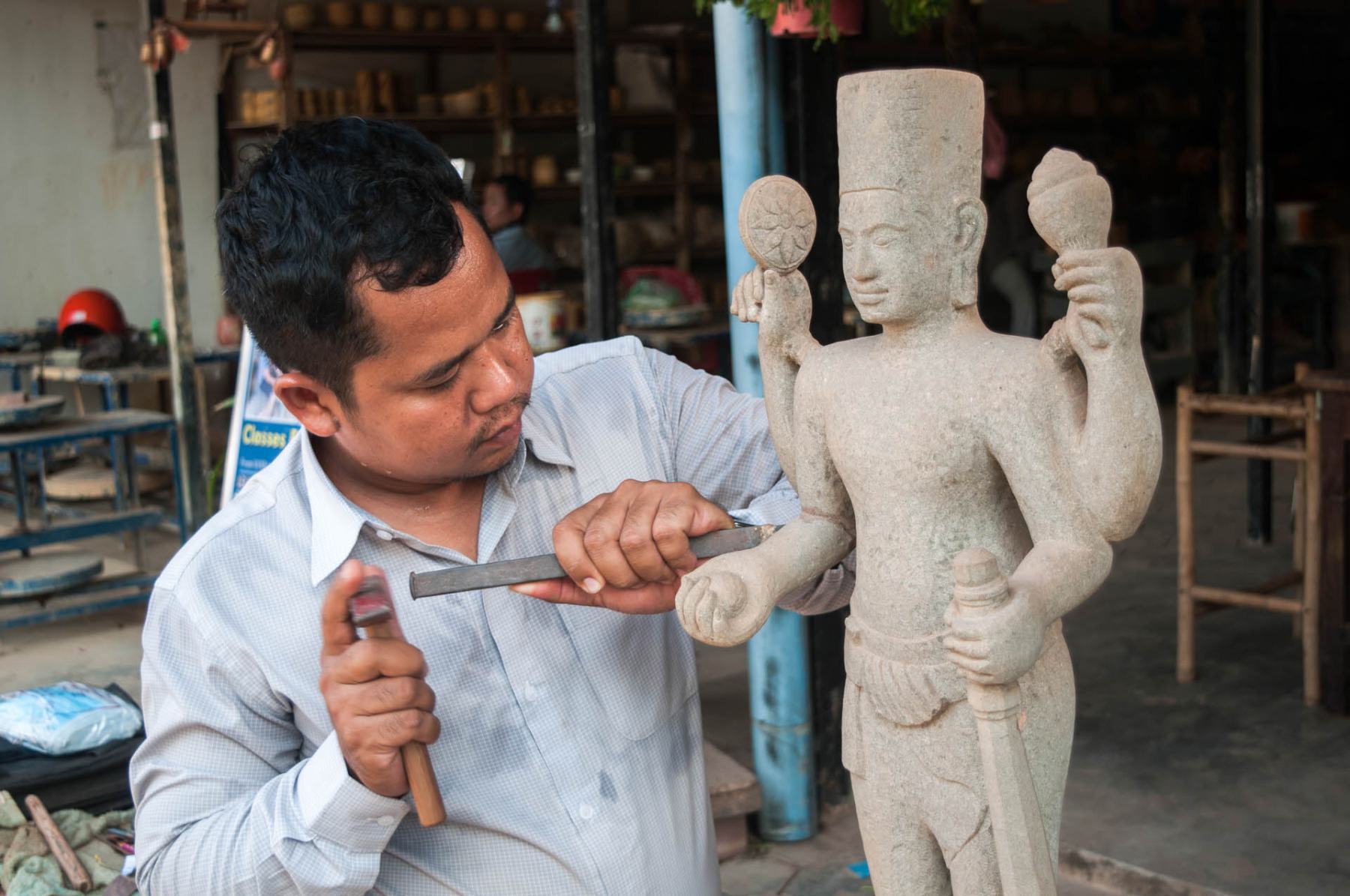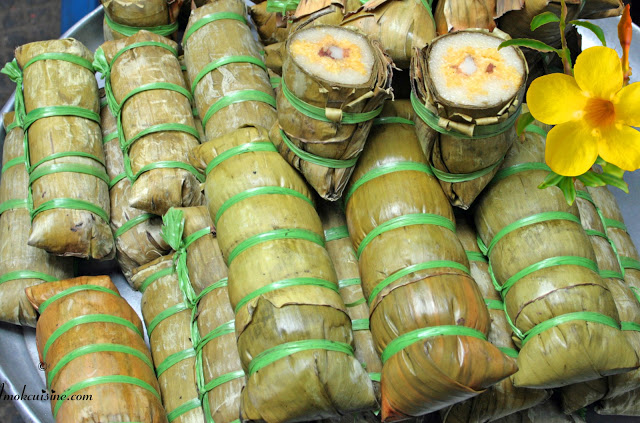Angkor Wat Architecture
Explore the stunning architecture and historical significance of the Angkor Wat temple complex.

Introduction
Angkor Wat, located in Siem Reap, Cambodia, is one of the largest and most renowned religious monuments in the world. Built during the early 12th century by King Suryavarman II, it originally served as a Hindu temple dedicated to Vishnu and later transitioned into a Buddhist temple. Its intricate carvings, towering spires, and grand scale make it a masterpiece of Khmer architecture.
Pro Tip: Visit Angkor Wat at sunrise to witness its silhouette reflected in the moat—a breathtaking sight.
Historical Context
The construction of Angkor Wat symbolized the Khmer Empire’s wealth, power, and devotion to religion. It was part of the ancient city of Angkor, which served as the empire’s capital. Over time, Angkor Wat became a spiritual center and a national symbol of Cambodia, even appearing on the country’s flag.
Pro Tip: Read the bas-reliefs that line the temple walls—they narrate significant Hindu epics like the Ramayana and Mahabharata.
Architectural Features
Angkor Wat’s design is a combination of temple-mountain and galleried temple styles. Its central quincunx of towers represents Mount Meru, the center of the universe in Hindu cosmology. The temple is surrounded by a vast moat and features extensive bas-reliefs, depicting mythological scenes and historical events.
Pro Tip: Don’t miss the Churning of the Ocean of Milk bas-relief, one of the temple’s most famous carvings.
Symbolism and Significance
Angkor Wat is more than an architectural wonder; it’s a representation of Khmer culture and spirituality. The temple’s alignment with the stars and its symbolic elements reflect the deep connection between the Khmer people, their religion, and the cosmos.
Pro Tip: A guided tour can help you understand the complex symbolism embedded in the temple’s design.
Preservation Efforts
Angkor Wat faces challenges like weathering, tourism impact, and natural decay. UNESCO and the Cambodian government have partnered to preserve and restore the temple complex, ensuring its legacy for future generations.
Pro Tip: Support conservation efforts by respecting site rules and avoiding littering during your visit.













